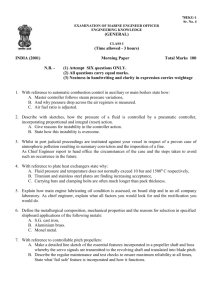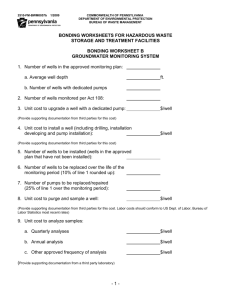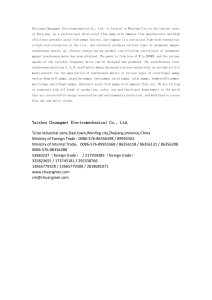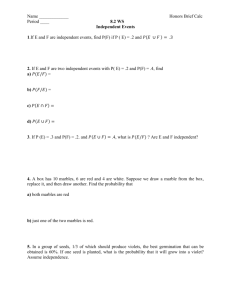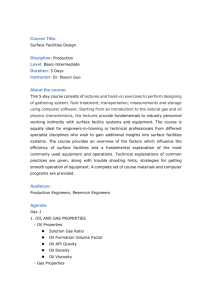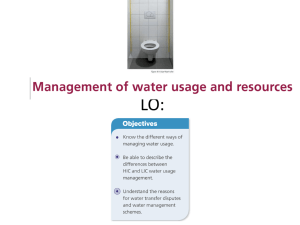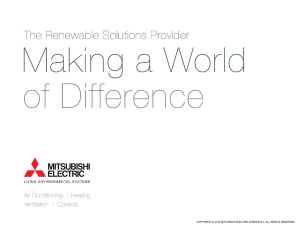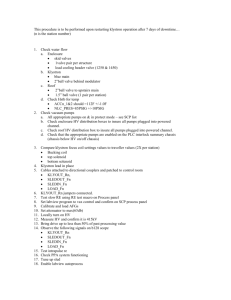Water management in LICs
advertisement
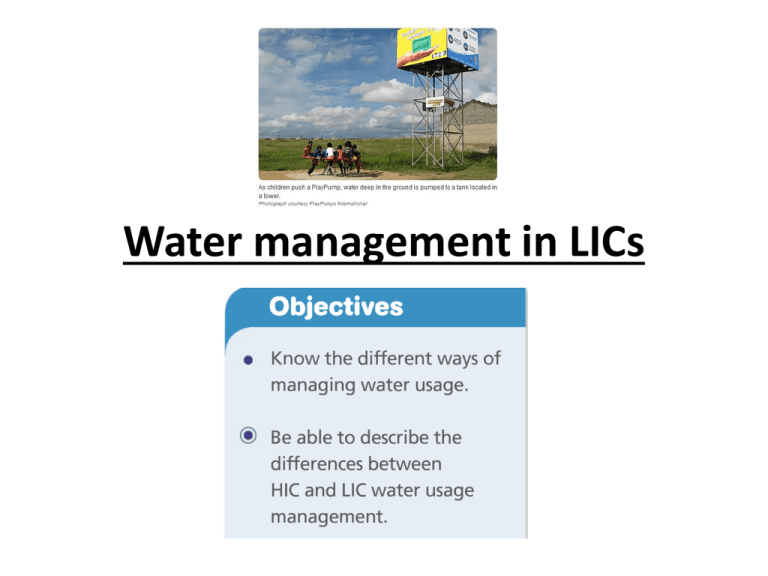
Water management in LICs LO: To understand a Self assessment How is water usage being managed in LICs? What can be done about water problems? Case study Liquid Gold, Tanzania http://www.youtube.com/watch?v=x2AJzIUXX2A&feature=player_embedded Why is there a water problem? How would you feel knowing that you were drinking dirty water, but were powerless to find an alternative? What issues does this cause? What has been done about it?What impact have water taps and water pumps had on people in the village and the town? (include specific details) Kasaki has a water users’ committee. Do you think this is a good idea? Why? Try and include place names and figures Case study of appropriate technology: Play pumps • http://www.youtube.com/watch?v=uQu_Jppv zyk&feature=results_video&playnext=1&list=P L76991DECF166D530 • How does it work • What benefits does it give? Case study of appropriate technology: Play pumps • As the merry-go-round spins, it pumps clean water up from deep underground and stores it in a huge tank. People are welcome to come and help themselves to the water. In rural Africa, clean water is a luxury. Most people don’t have plumbing in their homes. Instead, they often must walk long distances to wells and haul heavy containers of water back. • So far, more than 800 PlayPumps are operating in schools and communities in four African countries, providing water for almost two million people • The PlayPump can pump up to 370 gallons (1,400 liters) of clean water an hour. http://video.nationalgeographic.com/video/kids/green-kids/playpumps-kids/ Hand dug wells • Most common method in LICS • Traditional wells can dry out and become polluted • Can act as breeding grounds for disease • New technology adds concrete to make them more stable Activities • Read page 157-158 from resources in Tomorrow’s Geography. • Answer the following questions in full sentences and detailed.


